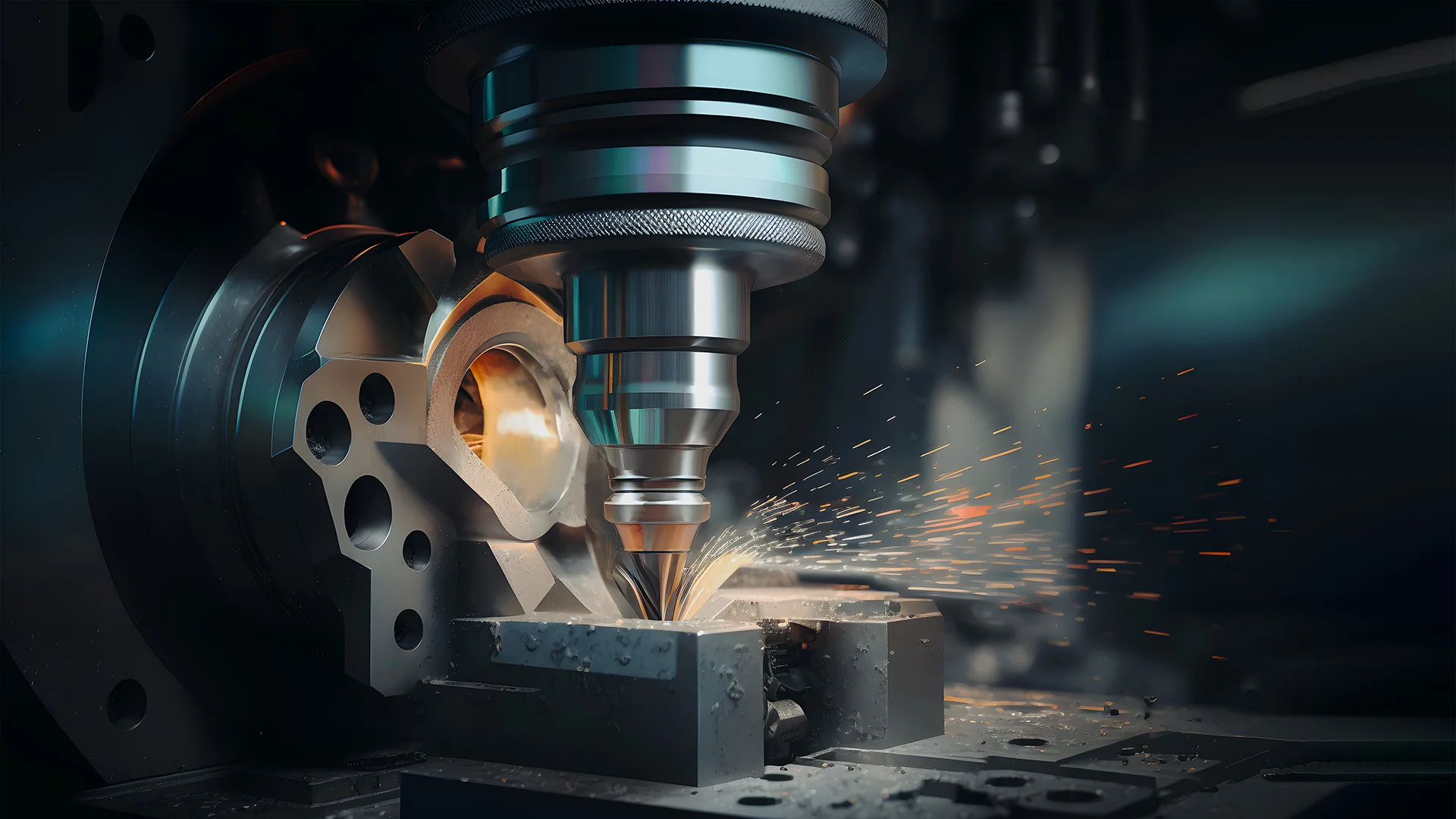Numerical Control (NC) systems have marked a significant technological milestone in the realm of manufacturing, particularly within industrial automation. These systems, which direct the movements of machinery and tools through programming, set the stage for more advanced methods like Computer Numerical Control (CNC), fundamentally transforming production processes. This article explores the history, development, and impact of numerical control technology in industrial automation, detailing how it has revolutionized modern manufacturing environments, with a specific focus on the integration of operator terminals.
Historical Overview of Numerical Control
The advent of numerical control emerged in the post-World War II era, driven primarily by the aerospace industry’s demand for manufacturing complex and precise components. The first NC machines, developed in the late 1940s and early 1950s by John T. Parsons alongside the Massachusetts Institute of Technology (MIT), utilized punched tape to deliver instructions for machine movements along designated axes.
This shift from manual to automated processes reduced dependence on operator skill, allowing for repeatable, consistent actions without fatigue. These early systems laid the groundwork for CNC technology, which enhances capabilities through digital processing and feedback loops, improving reliability and control.
Principles and Components of Numerical Control
At its core, numerical control operates by converting coded instructions into precise mechanical actions. Key components of these systems include:
- Program of Instructions: This set of coded commands or software directs the machine’s operations. Originally input via punched tape, modern systems use sophisticated digital software.
- Controller Unit: This unit interprets the program of instructions, translating them into electrical signals that the machinery can execute.
- Operator Terminals: Essential for human-machine interaction, operator terminals provide interfaces where technicians can input commands, monitor operational status, and make adjustments in real-time, enhancing control over the manufacturing process.
- Drive System: Includes the motors that drive the machine’s axes, executing the necessary movements for manufacturing. Servo motors are commonly used in these systems for their precise control capabilities.
- Feedback System: Modern NC systems incorporate sensors and other devices to monitor outputs (like position, speed, and torque) and relay this information back to the controller to ensure accuracy.
Transition to Computer Numerical Control (CNC)
The progression to Computer Numerical Control (CNC) in the 1960s and 1970s marked a significant evolution, with computers enhancing the functionality of NC systems. CNC technology leverages automated control to a higher degree, providing several benefits:
- Greater Precision and Flexibility: CNC machines can produce intricate shapes with precision, crucial for industries such as aerospace, automotive, and electronics.
- Increased Productivity: CNC machines operate continuously without fatigue, maintaining consistent production rates and quality.
- Enhanced Safety: Automation reduces the need for human interaction with potentially dangerous machinery, decreasing workplace accidents.
- Improved Efficiency: CNC systems optimize material use and reduce waste, supporting more sustainable manufacturing practices.
Impact on Manufacturing and Challenges
While NC and CNC technologies have significantly boosted productivity and quality, they also present challenges, including workforce displacement and the need for new skills. As these systems replace manual tasks, demand grows for professionals skilled in machine operation, maintenance, and programming. Operator terminals, like the BTM16 series, play a crucial role here, as they allow for easier management and adjustment of automated systems by human operators.
Challenges such as the high initial cost of CNC machinery and ongoing maintenance can be prohibitive, particularly for smaller manufacturers. Moreover, the integration of these systems requires robust training and potentially significant changes to existing production lines.
The Future of Numerical Control
The future of numerical control in manufacturing looks toward even greater integration with cutting-edge technologies like artificial intelligence and the Internet of Things (IoT). These advancements promise to make CNC systems even more intelligent, connected, and adaptable to the needs of modern manufacturing.
Conclusion
Numerical control has dramatically reshaped industrial automation, ushering in an era of enhanced precision, efficiency, and productivity in manufacturing. From the basic NC setups of the mid-20th century to today’s sophisticated CNC systems with advanced operator terminals, this technology continues to be pivotal in the evolution of manufacturing practices worldwide. As technological advancements continue to unfold, the capabilities of numerical control systems will expand further, driving innovation in global manufacturing industries.
